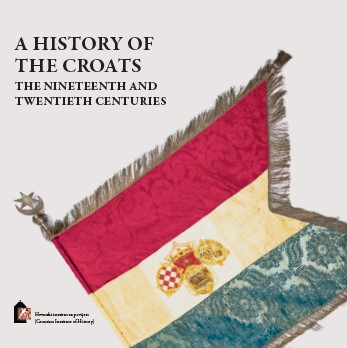CROATIA IN THE “SPRING OF THE NATIONS”
CROATIA IN THE “SPRING OF THE NATIONS”
Author(s): Vlasta Švoger
Subject(s): Diplomatic history, Economic history, Political history, Government/Political systems, International relations/trade, Political behavior, 19th Century, Peace and Conflict Studies
Published by: Hrvatski institut za povijest
Keywords: 1848; Croatian political movements; Dalmatia; Istria; Croatian-Hungarian conflict; Croatian Sabor;
Summary/Abstract: The unstable economic situation with frequent financial crises in developed European countries, years of crop failure, and famine among the lower classes, a widespread dissatisfaction with the political situation, the strengthening of national movements, and the spread of liberal ideas created fertile ground for a new wave of unrests in Europe. The first revolutionary sparks ignited in January 1848 in Palermo, and in February in Paris. In the following weeks, they escalated into a revolutionary fire that engulfed much of Europe. The revolutionary turmoil was especially strong in France, the German and Italian lands, and in the Austrian Empire. Different social strata took part in the revolutionary movements, and their core consisted of the citizenry, craftsmen and merchants, workers and peasants, students, and in some places the nobility (for example, the petty and middle nobility in Hungary). Therefore, their goals were also different. Nevertheless, in most countries the main goals of revolutionary movements imbued with liberal and national spirit were the enactment of a constitution (except in France, which had one), i.e. the establishment of a constitutional monarchy, electoral reforms, expansion of the suffrage, abolition of the feudal order (in the countries east of the Elbe, which still had it), introduction of civil rights and freedoms, and creation of unified nation-states.
Book: A History Of The Croats: The Nineteenth And Twentieth Centuries (vol. 2)
- Page Range: 91-110
- Page Count: 20
- Publication Year: 2022
- Language: English
- Content File-PDF

